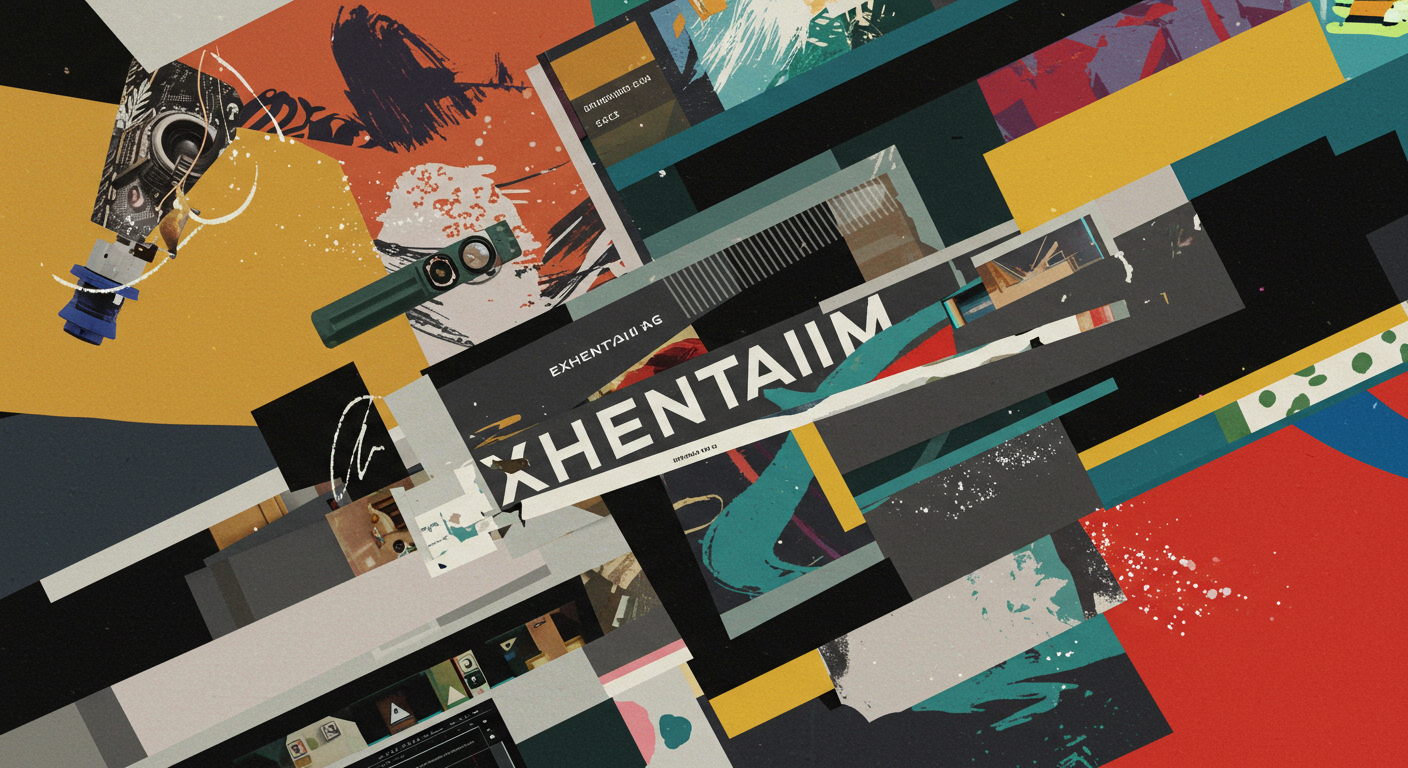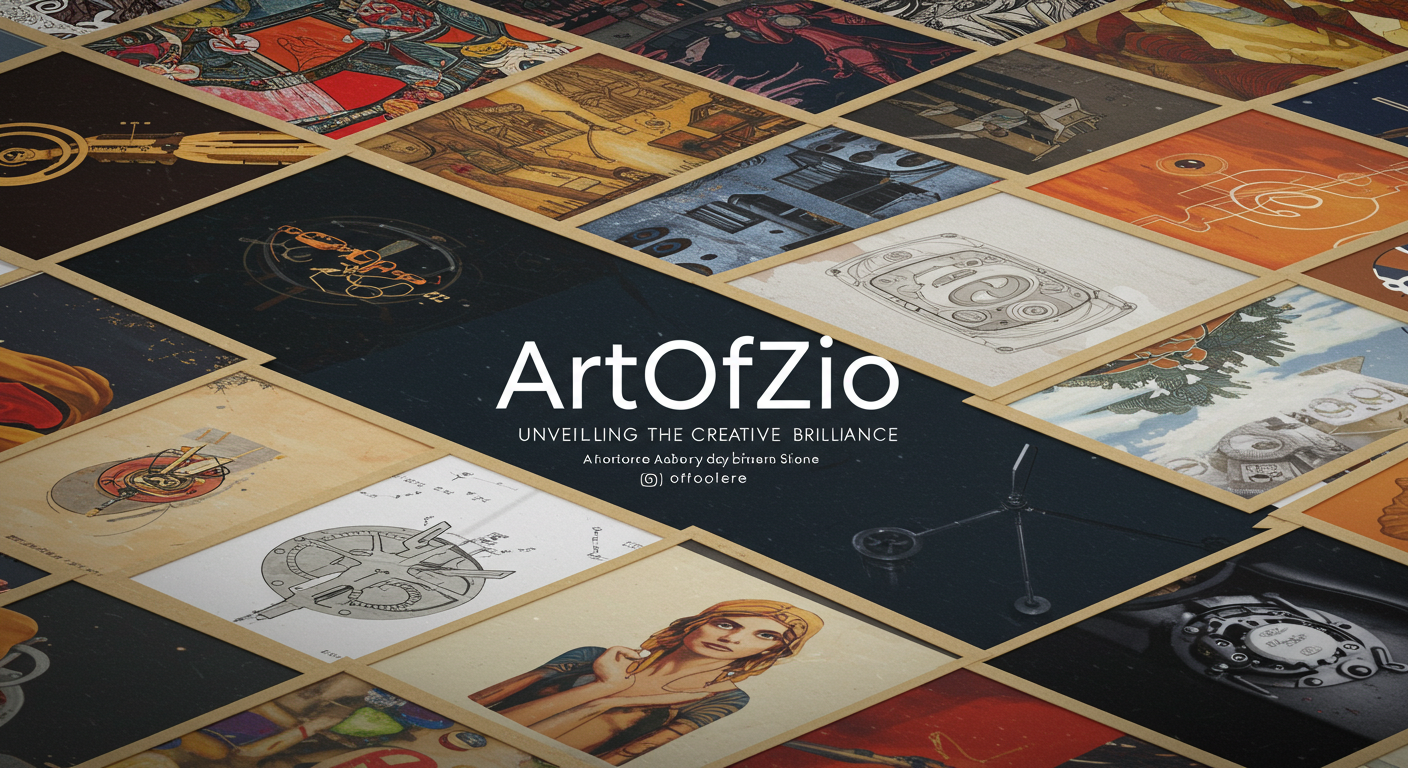In today’s data-driven world, presenting complex information clearly and efficiently is paramount. Enter the diag image—a structured visual representation that communicates ideas, processes, and relationships faster than words alone. In this article, we’ll explore what a diag image is, its benefits, types, design best practices, applications across industries, SEO optimization tips for using them effectively, and future trends shaping their evolution.
What Is a Diag Image?
A diag image (short for “diagrammatic image”) is a visual tool that translates information—be it data, systems, or processes—into a structured layout using shapes, icons, arrows, text, and other visual elements. Unlike raw data or dense text, diag images provide clarity, enabling quicker comprehension and analysis.
Why Diag Images Matter
-
Faster Understanding: Humans are visual learners—images allow quicker pattern recognition than text or numbers.
-
Simplified Complexity: Break down intricate ideas into digestible visual segments.
-
Engagement & Recall: Visual content is more memorable and engaging for readers.
-
Universal Appeal: Diag images transcend language, making them versatile across contexts and audiences.
Common Types of Diag Images
Here are essential categories of diagrams commonly used in presentations, reports, and digital content:
Flowcharts
These guide the audience through a process step-by-step using flow symbols and direction arrows. Great for business workflows, decision-making, or operational steps.
Context Diagrams
Map out a system and its relationships with external entities. Typically include a central process circle, surrounding actors/systems, and labeled data flows Network Diagrams
Depict connections and pathways, often used in IT for infrastructure layouts and communication pathways .
ER (Entity-Relationship) Diagrams
Essential for database designs, showing entities, relationships, and attributes with structured notation .
Block Diagrams
Offer a high-level view of system components and their interrelationships, favored in engineering contexts .
Data Flow Diagrams (DFDs)
Illustrate the flow of information—from inputs, through processing steps, to outputs—helpful for systems analysis and optimization .
Visual Storyboards & Infographics
Blend graphics, icons, and annotations to narrate concepts visually, often used for educational or marketing content.
Designing Effective Diag Images
Creating a diag image that resonates requires more than just layout—it’s about clarity, hierarchy, and intention. Here’s ho Visual Hierarchy
-
Highlight the most important elements—like central processes or critical paths.
-
Use sizing, color contrast, and bold fonts to guide the eye.
Simplicity & Clarity
-
Stick to essential elements; avoid overloading with unnecessary details.
-
Label elements clearly and maintain logical flow direction.
Consistent Notation
-
Use uniform symbols and flow indicators.
-
Include a legend/keys if needed—especially for complex visuals.
Accessibility
-
Opt for high color contrast to assist color-blind readers.
-
Use clear, readable fonts and avoid intricate visuals that may confuse.
Contextual Support
-
Accompany diagrams with concise explanatory captions.
-
Align visuals with narrative flow in your content for seamless comprehension.
Applications Across Industries
The versatility of diag images spans sectors:
Healthcare
Medical professionals use diag images like annotated scans or procedure flows to convey diagnoses and treatment plans .
Business Intelligence
Executives rely on dashboards and visual overviews to track performance metrics instantly .
Education
Teachers incorporate diagrams for scientific processes, historical maps, and interactive lessons to boost understanding .
Environmental Science
Researchers track changes over time—like deforestation or climate patterns—via satellite images and annotated visuals .
AI & Automation
Diag images help AI systems detect visual patterns in operations such as quality control, facial recognition, and autonomous navigation .
Best Practices for Using Diag Images in Content
-
Accuracy First: Double-check data to avoid misrepresentation.
-
Add Explanatory Context: Even a clear diagram benefits from descriptive captions.
-
Ensure Accessibility: Opt for high contrast, alt text, and clear labeling for all users.
-
Ethical Transparency: Disclose data sources and methods behind the visual.
. SEO & Image Optimization for Diag Images
To ensure diag images boost, not hinder, SEO:
File Naming & Alt Text
-
Choose descriptive keywords in filenames (e.g.,
context-diagram-payment-system.jpg). -
Provide meaningful alt text with context and key terms—but avoid stuffing .
Image Format & Compression
-
Use JPEG for complex visuals, PNG for clarity, SVG for scalable icons, and WebP for optimized loading .
-
Compress images to reduce load time without quality loss .
Responsive Images & Lazy Loading
-
Serve different image resolutions using
srcsetandsizesattributes. -
Lazy load images to enhance page speed and reduce initial load time Specifying Dimensions
-
Use width and height attributes to preserve layout stability and improve Core Web Vitals like LCP and CLS .
Structured Data & Sitemaps
-
Implement
ImageObjectschema for richer display in search results . -
Include diag images in your XML image sitemap to aid indexing .
Purposeful Use Only
-
Avoid decorative or redundant visuals—each image should add value.
Future Trends in Diag Images
-
AI Augmentation: Smart tools that generate diagrams from raw data or user input.
-
AR/VR Integration: Immersive diagrams for interactive learning or field operations.
-
Collaborative Platforms: Real-time, shared diagram editing and version control.
-
Ethical Visualization: Greater focus on accurate representation and source transparency.
These advancements promise more intuitive and immersive ways to interact with complex information.
Conclusion
Diag images are powerful visual tools that simplify complexity, enhance engagement, and improve comprehension. Whether you’re educating, informing, or persuading, these visual aids can transform your content—from boardroom reports to blog posts. By pairing them with best SEO practices and thoughtful design, you can ensure your message not only looks great—it’s easily discovered and understood.






